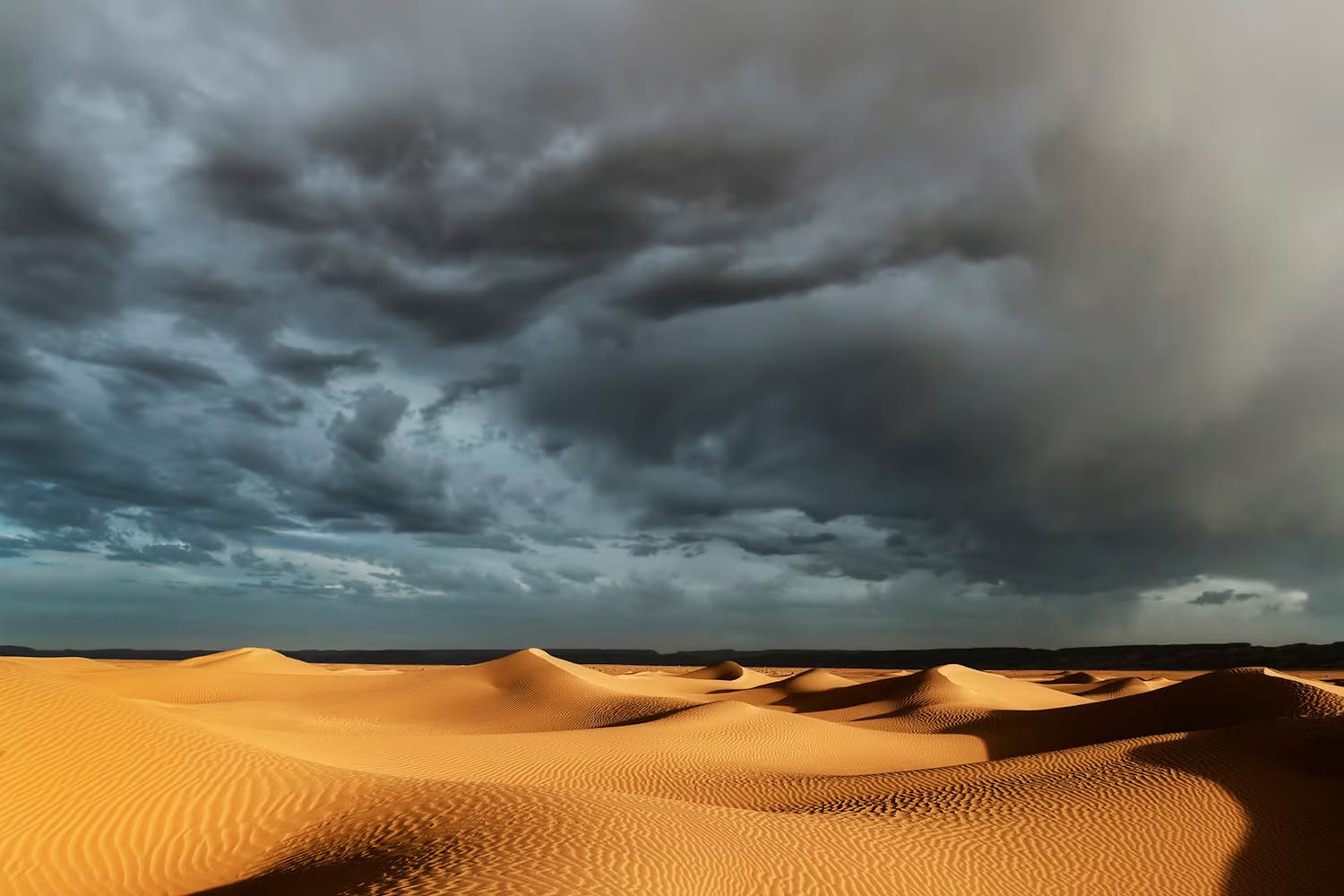By the second half of the 21st century, the one we're living in, rain in the Sahara could become "normal". Rising global temperatures could indeed make the desert much more humid, according to research led by the University of Illinois Chicago (USA)

Rain in the Sahara: a scenario currently considered an extremely rare event could become “normal” by the second half of the 21st century, the one we’re living in. Rising global temperatures could indeed make the desert much more humid, according to research led by the University of Illinois Chicago (USA).
Between 2050 and 2099, the North African desert could experience in particular 75% more precipitation than the historical average, and under extreme climate conditions, increased rainfall is also predicted for southeastern and south-central Africa.

©Npj Climate and Atmospheric Science
Changing rainfall patterns will affect billions of people, both in Africa and abroad – explains Thierry Ndetatsin Taguela, lead author of the study – We need to start planning to address these changes, from flood management to drought-resistant crops
Because, as researchers have been repeating for some time (very often unheard), understanding how rising temperatures affect precipitation can help in developing adaptation strategies.
The authors conducted the study using a set of 40 climate models to simulate summer rainfall in Africa in the second half of the 21st century (2050-2099) compared to the historical period (1965-2014), and analyzed the model results both in a scenario simulating moderate greenhouse gas emissions and in one simulating very high emissions.

©Npj Climate and Atmospheric Science
And unfortunately even the second scenario isn’t that absurd: in fact, according to the Emissions Gap Report 2023: Broken Record – Temperatures hit new highs, yet world fails to cut emissions (again), from UNEP, the globe is racing quickly toward an increase between 2.5 and 2.9 degrees Celsius (4.5-5.2°F) above pre-industrial levels this century, destined to go well beyond the internationally agreed climate threshold.
The result? Both scenarios show a general increase in precipitation in Africa by the end of the 21st century, although with some regional variations. In particular, a 75% increase in rainfall in the Sahara Desert is predicted, followed by a 25% increase in southeastern Africa and 17% in south-central Africa. Conversely, researchers predict the southwestern region will be drier, with an expected 5% decline in precipitation.
We predict that the Sahara will nearly double its historical precipitation levels, which is surprising for such a climatically dry region. However, while most models agree on the general trend toward wetter conditions, considerable uncertainty remains about the amount of predicted rainfall. Improving these models is crucial for enhancing regional projections

©Npj Climate and Atmospheric Science
All this is largely associated with the effects of climate change, as higher temperatures help the atmosphere retain more moisture, which in turn increases precipitation.
Understanding the physical mechanisms that drive precipitation is essential for developing adaptation strategies capable of withstanding both wetter and drier futures
concludes Taguela
Climate change is here and the effects are already visible, and unfortunately they can only worsen without a decisive change of course.
The work was published in Npj Climate and Atmospheric Science.
Sources: University of Illinois Chicago / University of Illinois Chicago/Youtube / Npj Climate and Atmospheric Science
